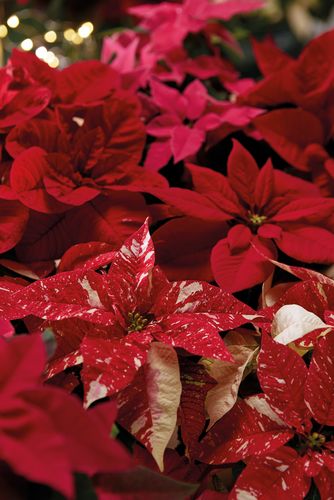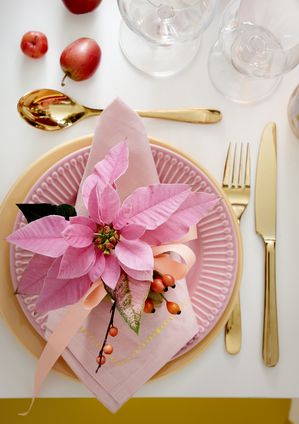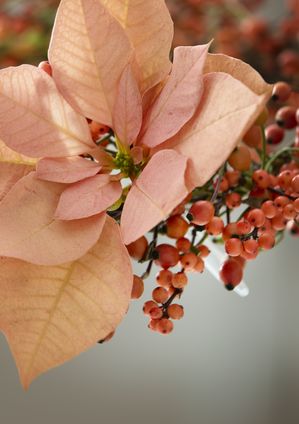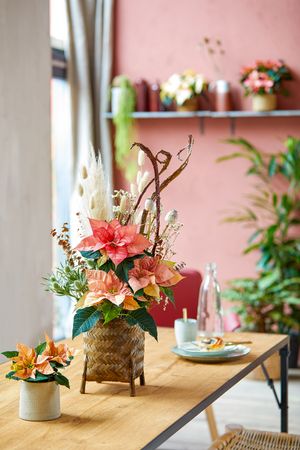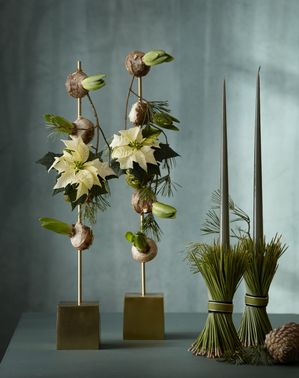The beautiful Christmas Eve Flower so captivated the new Minister that he introduced it to the United States, where it took on his own name and rapidly rose to prominence as a favoured festive decoration. So meteoric was this rise that poinsettias are now the most widely cultivated plant on Earth according to the USDA Floriculture Statistics report, in which poinsettias account for more than 20 per cent of potted plant sales, ringing tills to the tune of around $250million.
Mexico remains a top producer of poinsettias, growing tens of millions of the plants each year, most of which are either sold to the home market or follow in Mr Poinsett’s footsteps by being exported to America. The day of Mr Poinsett’s death is now commemorated on 12th December every year. Known as International Poinsettia Day, the event began in America but is now celebrated around the world. It’s the perfect occasion to buy or gift a poinsettia, right in the middle of Advent season, when the Christmas Spirit is fully upon us.
Tip: Pixie Perfect
Poinsettias look lovely as both individual plants or in mixed tropical containers and succulent gardens with the right climate. Miniature ‘pixie’ poinsettias are also becoming very popular as they fit very nicely onto desks, windowsills and other small nooks and crannies, where they make wonderful Christmas decorations that can brighten up any available space.
